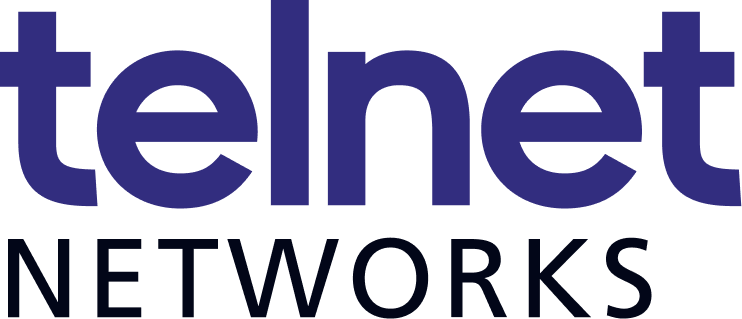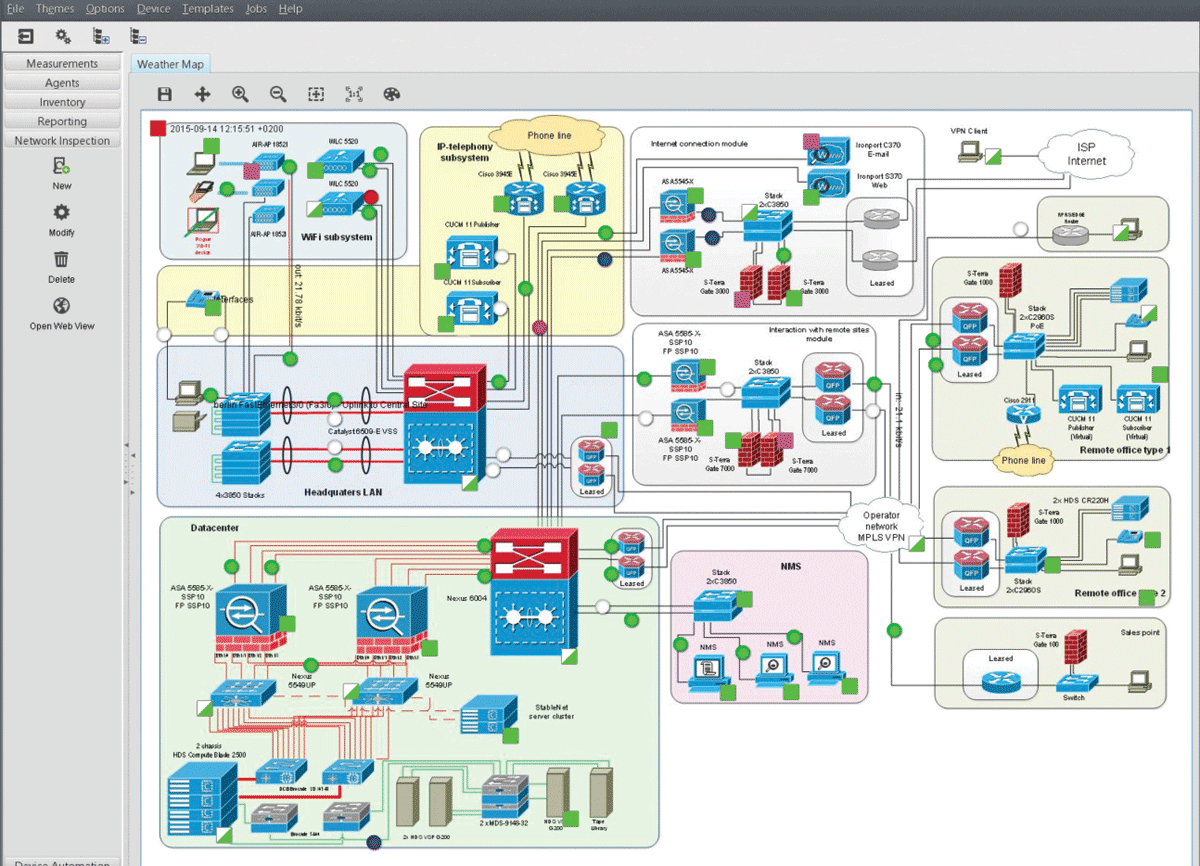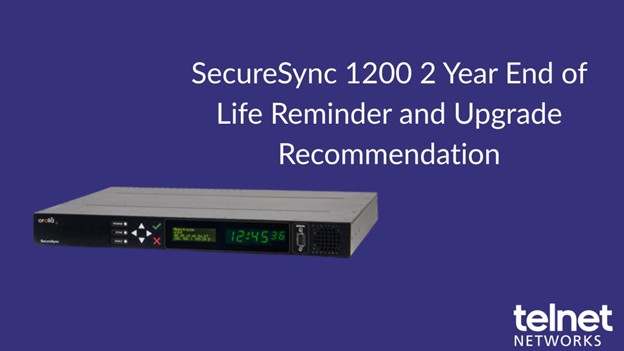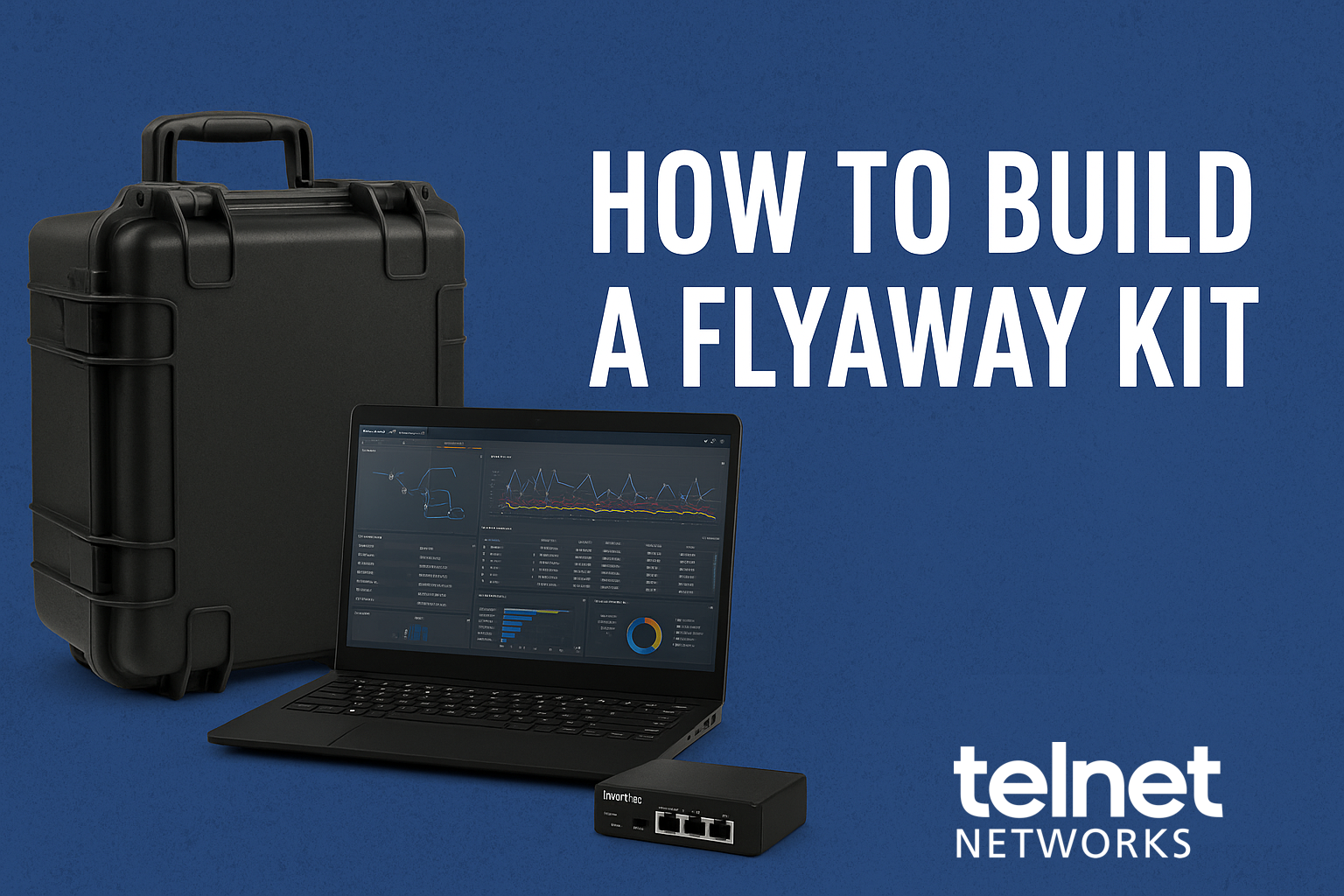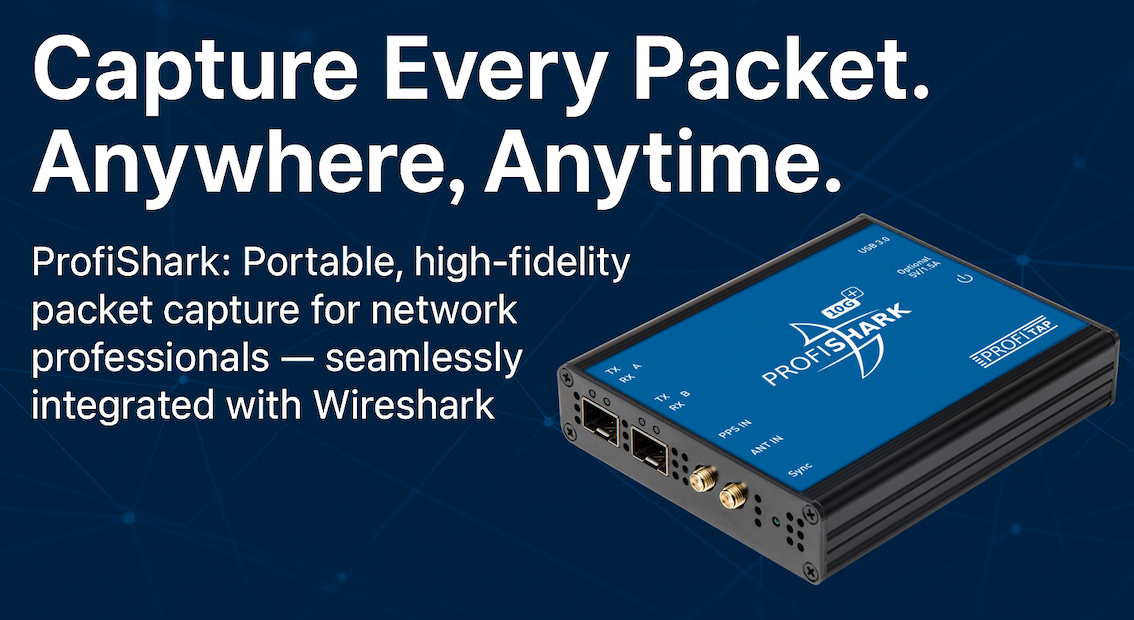InterComms talks to Marius Heuler, CTO Infosim®, about Infosim® StableNet® and the management and orchestration of SDN and NFV environments
 Marius Heuler has more than 15 years of experience in network management and optimization. As CTO and founding member of Infosim®, he is responsible for leading the Infosim® technical team in architecting, developing, and delivering StableNet®. He graduated from the University of Würzburg with a degree in Computer Science, holds several Cisco certifications, and has subject matter expert knowledge in various programming languages, databases and protocol standards. Prior to Infosim®, Marius held network management leadership positions and performed project work for Siemens, AOK Bavaria and Vodafone.
Marius Heuler has more than 15 years of experience in network management and optimization. As CTO and founding member of Infosim®, he is responsible for leading the Infosim® technical team in architecting, developing, and delivering StableNet®. He graduated from the University of Würzburg with a degree in Computer Science, holds several Cisco certifications, and has subject matter expert knowledge in various programming languages, databases and protocol standards. Prior to Infosim®, Marius held network management leadership positions and performed project work for Siemens, AOK Bavaria and Vodafone.
Q: The terms SDN and NFV recently have been on everybody’s lips. However, according to the critics, it is still uncertain how many telcos and enterprises use these technologies already. What is your point of view on this topic?
A: People tend to talk about technologies and ask for the support of a certain interface, service, or technology. Does your product support protocol X? Do you offer service Y? What about technology Z?
Experience shows that when looking closer at the actual demand, it is often not the particular technology, interface, or service people are looking for. What they really want is a solution for their particular case. That is why I would rather not expect anybody to start using SDN or NFV as an end in itself. People will start using these technologies once they see that it is the best (and most cost-efficient) way to relieve their pain points.
Andrew Lerner, one of the Gartner Blog Network members, recently gave a statement pointing in the exact same direction, saying that Gartner won’t publish an SDN Magic Quadrant, “because SDN and NFV aren’t markets. They are an architectural approach and a deployment option, respectively.“
Q: You have been talking about use cases for SDN and NFV. A lot of these use cases are also being discussed in different standardization organizations or in research projects. What is Infosim®’s part in this?
A:There are indeed a lot of different use cases being discussed and as you mentioned a lot of different standardization and research activities are in progress. At the moment, Infosim® is committing to this area in various ways: We are a member of TM Forum and recently also joined the ETSI ISG NFV. Furthermore, we follow the development of different open source activities, such as the OpenDaylight project, ONOS, or OPNFV, just to name a few. Besides this, Infosim® is part of several national and international research projects in the area of SDN and NFV where we are working together with other subject matter experts and researchers from academia and industry. Topics cover among others operation and management of SDN and NFV environments as well as security aspects. Last but not least, Infosim® is also in contact with various hardware and software vendors regarding these topics. We thereby equally look on open source solutions as well as proprietary ones.
Q: Let us talk about solutions then: With StableNet® you are actually quite popular and successful in offering a unified network management solution. How do SDN and NFV influence the further development of your offering?
A: First of all, we are proud to be one of the leading manufacturers of automated Service Fulfillment and Service Assurance solutions. The EMAtm has rated our solution as the most definitive Value Leader in the EMAtm Radar for Enterprise Network Availability Monitoring Systems in 2014. We do not see ourselves as one of the next companies to develop and offer their own SDN controller or cloud computing solution. Our intent is rather to provide our well-known strength in unified network management for the SDN/NFV space as well. This includes topics like Service Assurance, Fault Management, Configuration, and Provisioning, Service Modelling, etc.
Q: Are there any particular SDN controller or cloud computing solutions you can integrate with?
A: There is a wide range of different SDN controllers and cloud computing solutions that are currently of general interest. In its current SDN controller report the SDxcentral gave an overview and comparison of the most common open source and proprietary SDN controllers. None of these controllers can be named as a definite leader. Equally regarding the NFV area, the recent EMAtm report on Open Cloud Management and Orchestration showed that besides the commonly known OpenStack there are also many other cloud computing solutions that enterprises are looking at and think of working with.
These developments remind me of something that, with my experience in network management, I have known for over a decade now. Also when looking at legacy environments there have always been competing standards. Despite years of standardization activities of various parties, often none of the competing standards became the sole winner and rendered all other interfaces or technologies obsolete. In fact, there is rather a broad range of various technologies and interfaces to be supported by a management system.
This is one of the strengths that we offer with StableNet®. We currently support over 125 different standardized and vendor-specific interfaces and protocols in one unified network management system. Besides this, with generic interfaces both for monitoring and configuration purposes we can easily integrate with any structured data source by the simple creation of templates rather than the complicated development of new interfaces. This way, we can shift the main focus of our product and development activities to the actual management and orchestration rather than the adaption to new data sources.
Q: Could you provide some examples here?
A: We continuously work on the extension of StableNet® with innovative new features to further automate the business processes of our customers and to simplify their daily work. Starting from Version 7, we have extended our existing integration interfaces by a REST API to further ease the integration with third party products. With Dynamic Rule Generation, Distributed Syslog Portal, and Status Measurements we offer the newest technologies for an efficient alarming and fault management. Our StableNet® Embedded Agent (SNEA) allows for an ultra-scalable, distributed performance monitoring as well as for the management of IoT infrastructures. Being part of our unified network management solution, all these functionalities, including the ultra-scalable and vendor-agnostic configuration management, can equally be used in the context of SDN and NFV. A good way to keep up-to-date with our newest developments are our monthly Global Webinar Days. I would really recommend you to have a look at those.
Q: As a last question, since we have the unique chance to directly talk with the CTO of Infosim®, please let us be a little curious. What key novelties can people expect to come next from Infosim®?
A:There are of course many things that I could mention here, but the two areas that will probably have the most significant impact on management and orchestration are our new service catalog and the new tagging concept. With the service catalog the management is moved from a rather device- or server-based perspective to a holistic service-based view. This tackles both the monitoring and the configuration perspective and can significantly simplify and speed up common business processes. This is of course also related to our new tagging concept.
This new approach is a small revolution to the way that data can be handled for management and orchestration. We introduce the possibility for an unlimited number of customizable tags for each entity, let it be a device, an interface, or an entire service, and combine this with automated relations and inheritance of proprieties between the different entities. Furthermore, the entities can be grouped in an automated way according to arbitrary tag criteria. This significantly extends the functionality, usability, and also the visualization possibilities.
About Infosim® StableNet®
StableNet® is available in two versions: Telco (for Telecom Operators and ISPs) and Enterprise (for IT and Managed Service Providers).
StableNet® is a 3rd generation highly automated Network Management System. The key differentiation of StableNet® to other legacy type Operational Support Systems (OSS) is that StableNet® is a unified OSS system with three integrated functionalities that focus on Configuration, Fault, and Performance Management, with automated Root Cause Analysis (RCA). StableNet® can be deployed on a Multi-Tenant, Multi-Customer, or dedicated platform and can be operated in a highly dynamic flex-compute environment.
